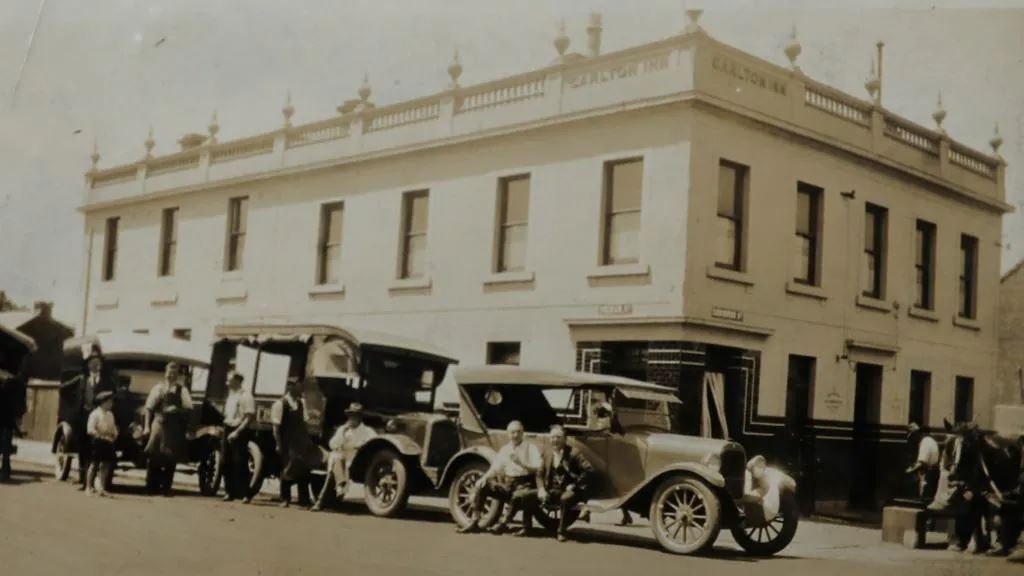Continuing on from the conclusion of last week’s post on the issues raised by the Ship of Theseus thought experiment and the importance of process, or craft, in the consideration of the ‘authenticity’ of traditional architecture and vernacular building (that we call it vernacular building is itself a clue to the importance of craft in the character of vernacular buildings), I would like to consider a local example.
In architecture, Ship of Theseus scenarios play out not only as ‘plank-by-plank’ transformations via the progressive replacement of decayed or broken parts over a long period of time, as in the original myth, but also, and perhaps more often, as wholesale ground-up reconstructions of historically important buildings that have been lost to fire, war, and the like. We almost got to see such a reconstruction in Melbourne, Australia, a few years back, when developers illegally demolished the Carlton Inn (c. 1856), one of the oldest surviving buildings in Carlton. The City of Melbourne at first sought to force the perpetrators to rebuild the building brick-for-brick, and it would have been interesting to see what resulted: whether the reconstruction would have been true ‘in spirit’ as well as in form, or whether most of the fractal texture would inevitably have been lost through the use of modern ‘precision’ industrial materials and techniques. Presumably at least some of the original material of the building could have been salvaged from the demolition site and reused in the reconstruction; whether this would have been proportionally enough of the whole to carry the entire building is an open question. The stamp of authenticity imparted by things like handmade bricks is taken in at a glance, and is so subtle as to operate on an almost unconscious level.
The Carlton Inn as it was in the early 20th century (1920s?).
The building in more recent years.
The building during its demolition.
The ‘park’ that currently occupies the site.
Unfortunately all this will have to remain at the level of speculation, because the developers in the end received only what essentially amounted to slap on the wrist: fines totalling far less then the increase in value of the land they achieved by demolishing the pub (something they had no doubt factored in to their risk-reward calculation when deciding to undertake the demolition), and an order to establish a temporary and perfunctory park on the site, until its inevitable occupation by another generic modernist high-rise development.
The ironic thing is that the Victorian architects and builders responsible for the Carlton Inn’s design and construction, and indeed the architects and builders of the traditional age of architecture more generally, would not have been that bothered by the building’s destruction. Brimming with confidence, the Victorians were not so concerned with preservation, because they were sure that whatever they replaced lost buildings with would be, if not identical, at least equal in quality: quality of design, quality of materials, and quality of craft. Part of the impetus and urgency behind the preservation of ‘historical’ (actually traditional) buildings today is the knowledge that, in the vast majority of cases, we are not capable of matching the quality of the buildings we demolish, in any category.



